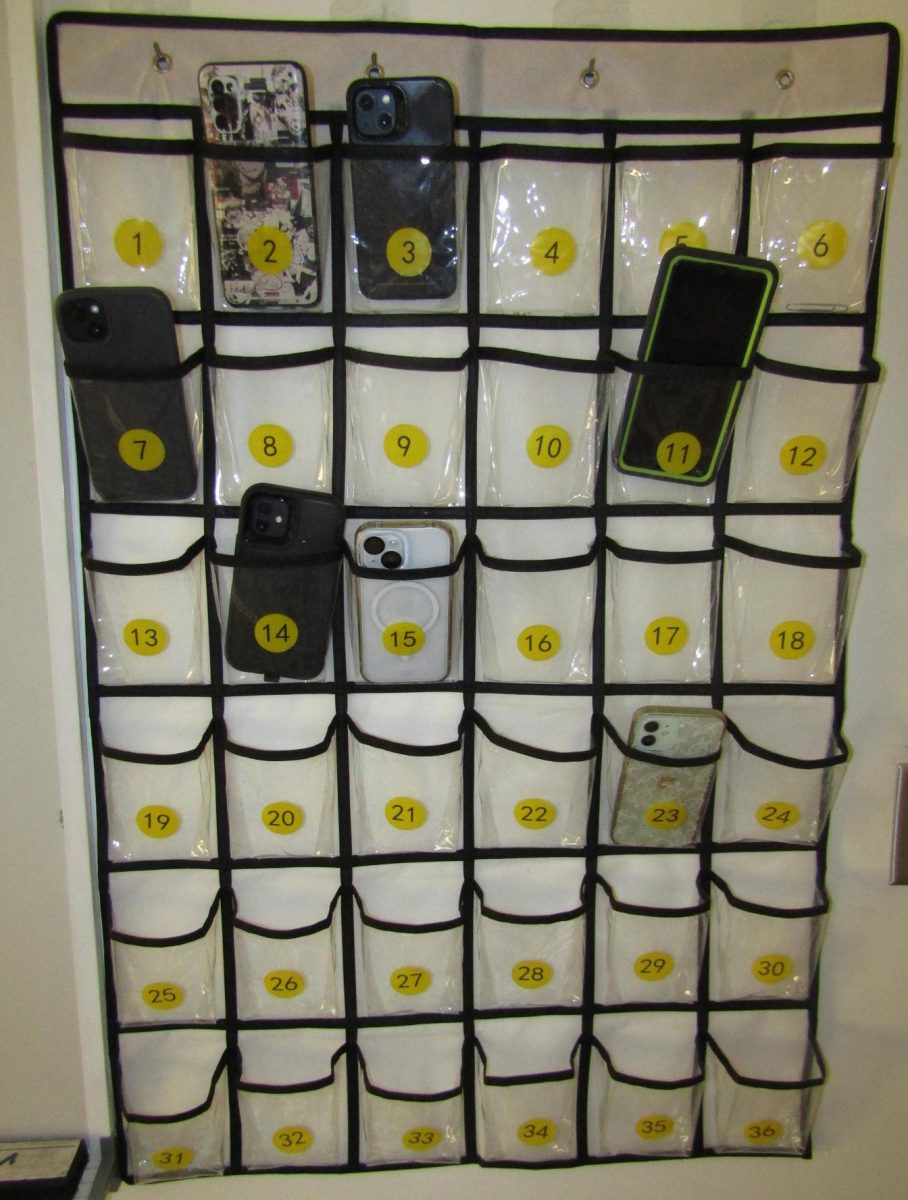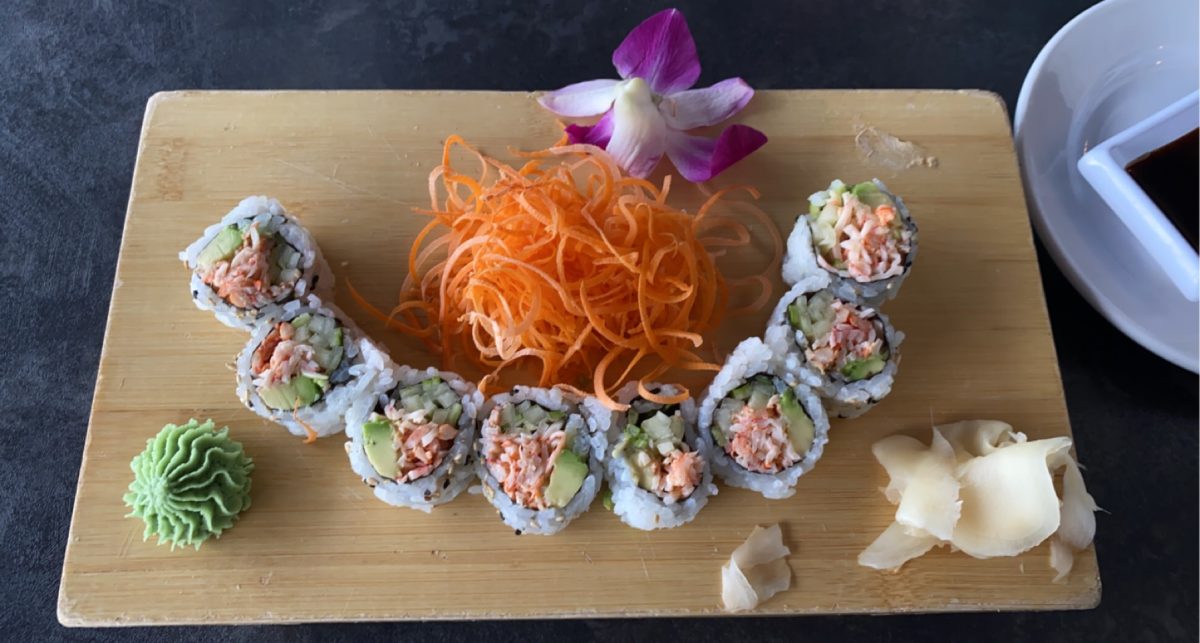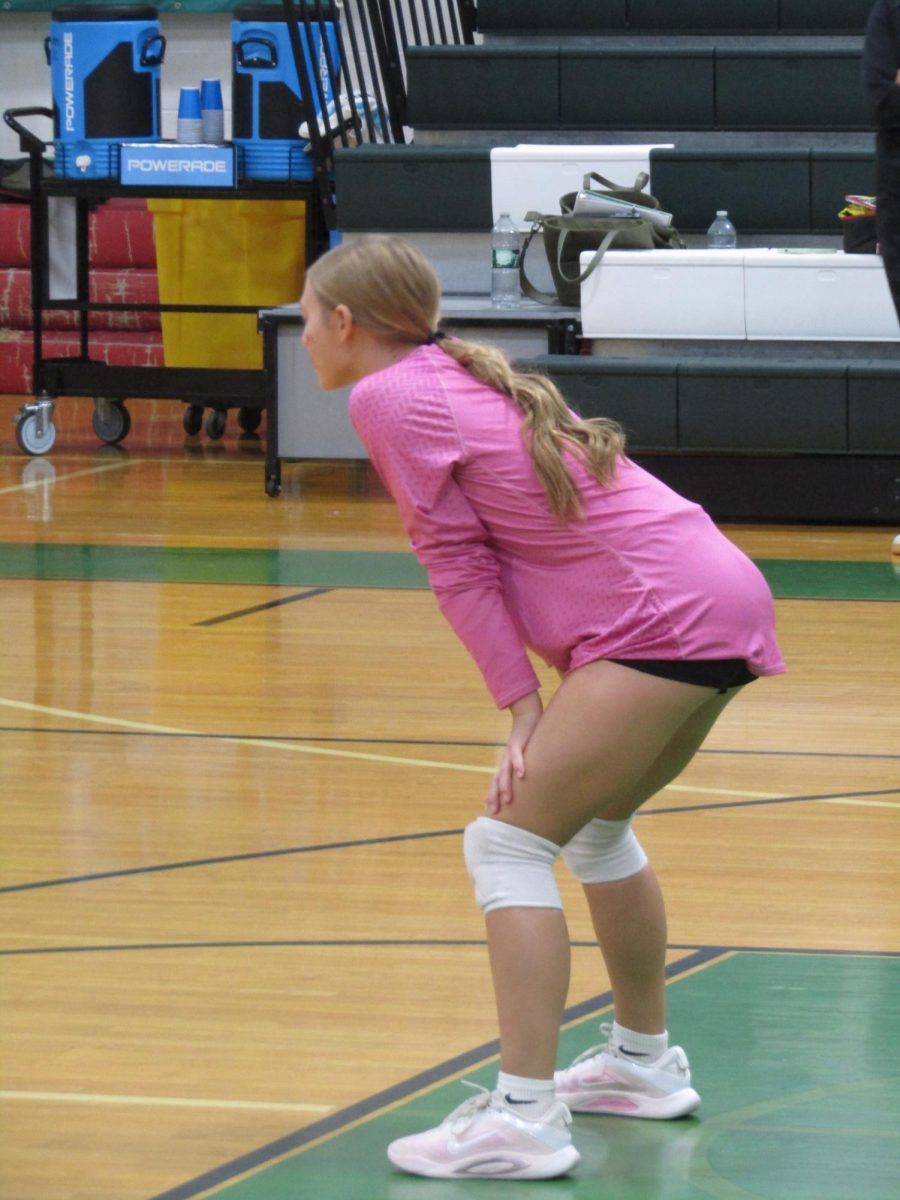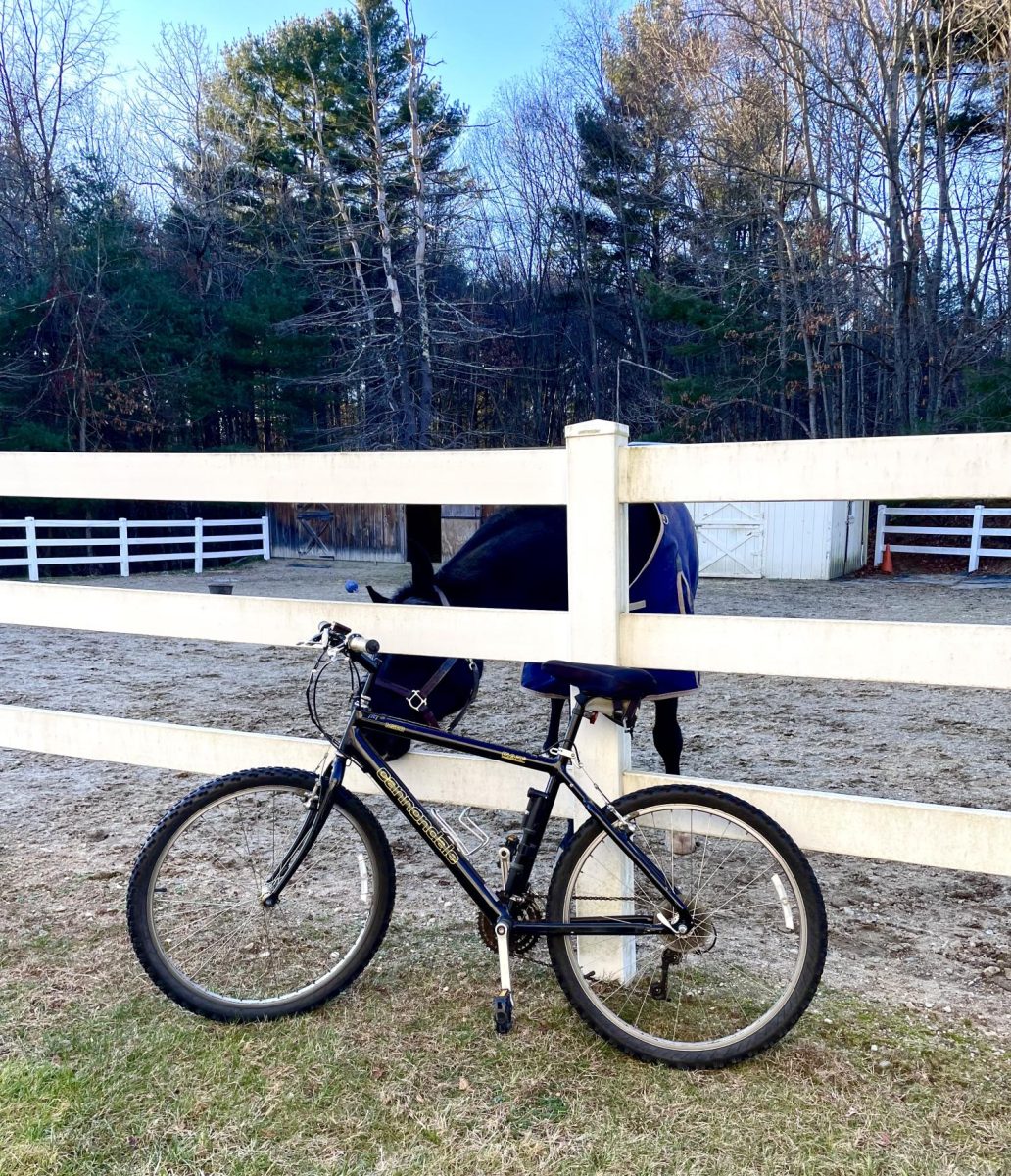Greek Dance
There are over 10,000 different Greek dances.
June 12, 2023
Greek dance has been around for thousands of years. Along with music, food, and religion, dance is very significant to Greek culture. There are various dances that originated from different parts of Greece. There are over 10,000 different dances and each are vastly different from one another.
You may be wondering what makes Greek dance different from other styles of dance. In Greek dance, there is a circle of people holding hands or placing their arms around shoulders. You dance around and around until the song ends.
There are also specific outfits Greek dancers wear that represent Greek culture. Many dancers wear a white shirt a white skirt, an embroidered coat or vest, and heels, dress shoes, or pom-pom shoes. Of course there are different outfits for different parts of the country, but these are the most common outfits.
Greek dance can take place at Greek festivals, weddings, Easter/Christmas events, and other celebrations. I Greek dance for the Saint Constantine and Helen church dance troupe at their Greek festival and my favorite dance is Cretan Pentozali.
Pentozali was originally a war dance, but now it’s performed for entertainment purposes. The dance contains high jumping movements, and it’s very fast paced. So fast paced in fact, that you get winded about a minute in.
I enjoy performing at the festivals, but weddings are my favorite event to dance at. You don’t have to be in a dance troupe or have a dance outfit to join in. The music starts playing and there are always a few brave souls starting off the dance on the dance floor. Then more people join, and more, and more, until 90% of the people attending the wedding are all dancing in one large circle.
In most Greek-American weddings, Kalamatiano is performed. Kalamatiano is a very popular dance that is performed at many gatherings world-wide. Even if you don’t know the steps, you can pick up the dance very quickly. There’s no age limit for Greek dance. I’ve danced with kids as young as three to adults as old as 90.
Since there are many different dances each of them can vary in pace. Some of the dances even start out slow, then transition to fast. Those dances are extremely fun to perform. The music starts off slow, and you do the steps in a slow motion. Then, the music picks up, and next thing you know, you’re pushing yourself as fast as you can.

Like I said before, the outfits for dancing can range depending on what location of Greece you are representing. In my dance troupe, we wear long white skirts, cotton shirts, an apron-like wrap that goes around the skirt, black heels, a red head scarf, and sometimes a black and red vest.
Overall, Greek dance is made for everyone, and you don’t have to be Greek to join in on the fun. I highly recommend visiting a Greek festival if you haven’t already. They are a great way to learn more about Greek culture. Most festivals have authentic foods, music, dances, and Greek coffee (a fan-favorite).






































